Autel MaxiSys MS906BT Manual
Læs gratis den danske manual til Autel MaxiSys MS906BT (148 sider) i kategorien Ikke kategoriseret. Denne vejledning er vurderet som hjælpsom af 30 personer og har en gennemsnitlig bedømmelse på 4.5 stjerner ud af 15.5 anmeldelser.
Har du et spørgsmål om Autel MaxiSys MS906BT, eller vil du spørge andre brugere om produktet?

Produkt Specifikationer
| Mærke: | Autel |
| Kategori: | Ikke kategoriseret |
| Model: | MaxiSys MS906BT |
Har du brug for hjælp?
Hvis du har brug for hjælp til Autel MaxiSys MS906BT stil et spørgsmål nedenfor, og andre brugere vil svare dig
Ikke kategoriseret Autel Manualer


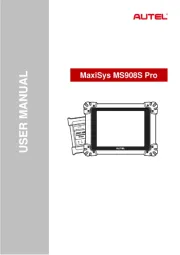
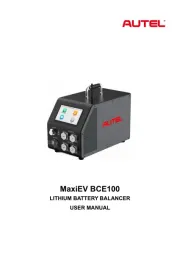
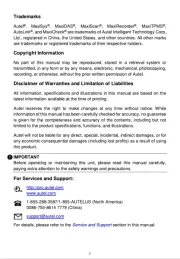
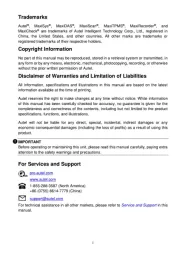
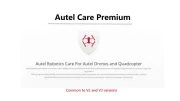
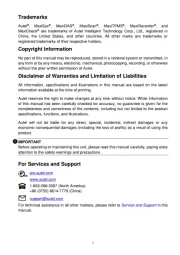
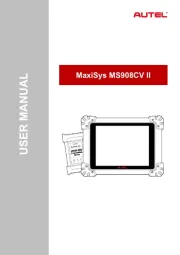
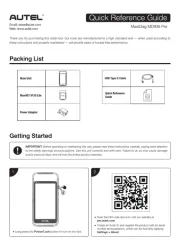
Ikke kategoriseret Manualer
- WAC Lighting
- Elta
- MDT
- OvisLink
- Könner & Söhnen
- Amplicom
- Zagg
- Goodwe
- Ocean Matrix
- Hercules
- Audio Research
- ChyTV
- The T.bone
- HiFi ROSE
- Mestic
Nyeste Ikke kategoriseret Manualer









